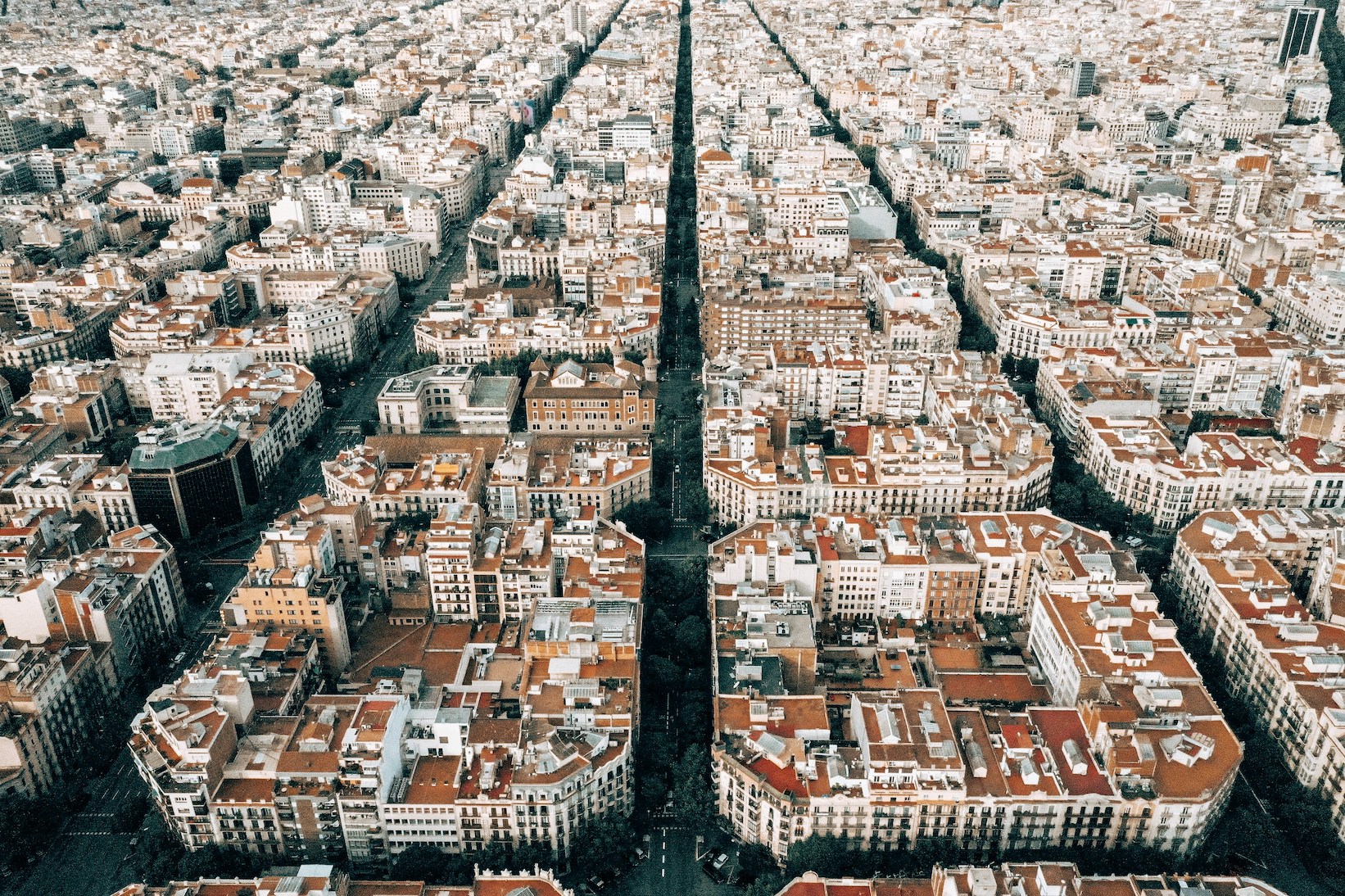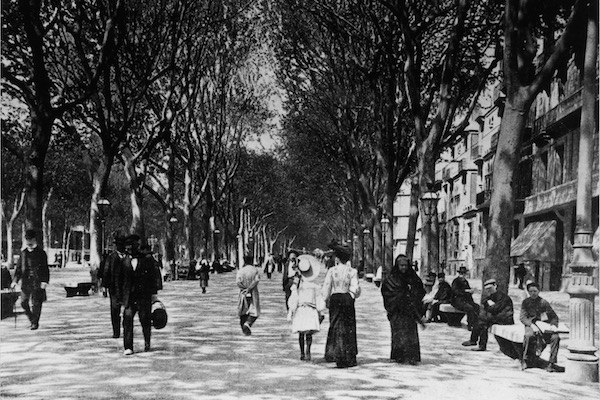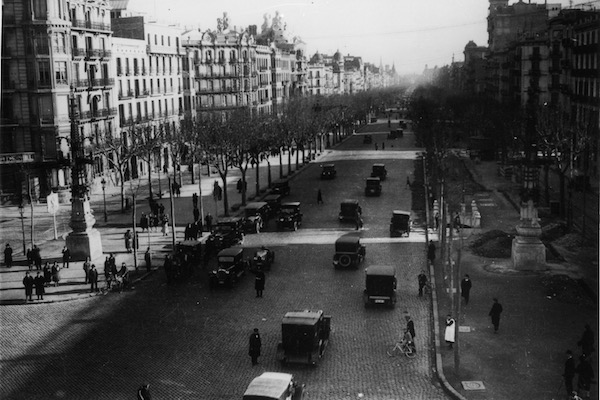
Barcelona’s Eixample neighbourhood is one of the city’s most iconic and well-known areas. Known for its unique grid layout, wide boulevards, and stunning Modernist architecture, Eixample represents a harmonious blend of historical growth and modern living.
Introduction:
Barcelona’s Eixample neighbourhood is one of the city’s most iconic and well-known areas. Known for its unique grid layout, wide boulevards, and stunning Modernist architecture, Eixample represents a harmonious blend of historical growth and modern living. But beyond its elegant façades and structured streets lies a fascinating story of urban planning, social change, and architectural innovation. In this article, we delve into the neighbourhood's origins and history, tracing its evolution from a revolutionary 19th-century project to the dynamic neighbourhood it is today.
The Origins of Eixample
The Eixample district was born out of necessity during Barcelona’s rapid industrial expansion in the 19th century. By the mid-1800s, the medieval city walls that had constrained Barcelona’s growth for centuries were torn down to accommodate a growing population and industrial development. The task of designing the city’s expansion fell to engineer and visionary urban planner Ildefons Cerdà, whose innovative proposal would shape the future of the city.
Cerdà’s plan, approved in 1859, was groundbreaking in its ambition and scope. Inspired by principles of social reform, hygiene, and efficiency, he envisioned a grid-like layout with wide streets and chamfered corners to improve visibility and traffic flow. His design prioritised green spaces, natural light, and ventilation, aiming to create a healthier urban environment. The famous octagonal blocks, known as "manzanas," were intended to have communal gardens at their centre, though many were later filled with additional buildings.

The Architectural Flourish of the Modernist Era
The late 19th and early 20th centuries marked a period of architectural flourishing in Eixample, aligning with the rise of Catalan Modernism. Esteemed architects such as Antoni Gaudí, Lluís Domènech i Montaner, and Josep Puig i Cadafalch left an indelible mark on the neighbourhood. Iconic landmarks like Casa Batlló and Casa Milà (La Pedrera) by Gaudí, Casa Lleó i Morera by Domènech i Montaner, and Casa Amatller by Puig i Cadafalch showcase the ornate facades, intricate tilework, and organic forms that define Modernist architecture. These three remarkable buildings are part of the famous "Manzana de la Discordia" on Passeig de Gràcia, where their contrasting styles highlight the creative diversity of the era.
Passeig de Gràcia, the district’s grand boulevard, became a showcase of wealth and artistic expression, housing some of the most luxurious residences and shops in Barcelona. It marked the border between two distinct sections: Dreta de l’Eixample, located to the right of Passeig de Gràcia, which wealthier families chose to build their residences, and Eixample Esquerra, originally home to families of more modest income and thus with a less imposing architecture.
Eixample Today
Today, Eixample is a cosmopolitan neighbourhood that seamlessly blends its historic charm with modern convenience. The district is a hub for shopping, dining, and culture, offering everything from high-end boutiques to local markets and trendy eateries. Despite modern developments, the neighbourhood retains much of its original character. The wide streets and symmetrical design provide a sense of openness and order, making it a pleasant place to explore on foot or by bicycle. The central location also makes it a perfect base for visitors staying in Barcelona.
Conclusion
Eixample’s journey from a visionary urban project to a dynamic, modern neighbourhood reflects Barcelona’s enduring spirit of innovation and creativity. Its historical roots, architectural grandeur, and evolving atmosphere make it an essential part of any exploration of the city. Whether you’re admiring its Modernist masterpieces or enjoying its contemporary amenities, Eixample offers an experience that captures the essence of Barcelona.

